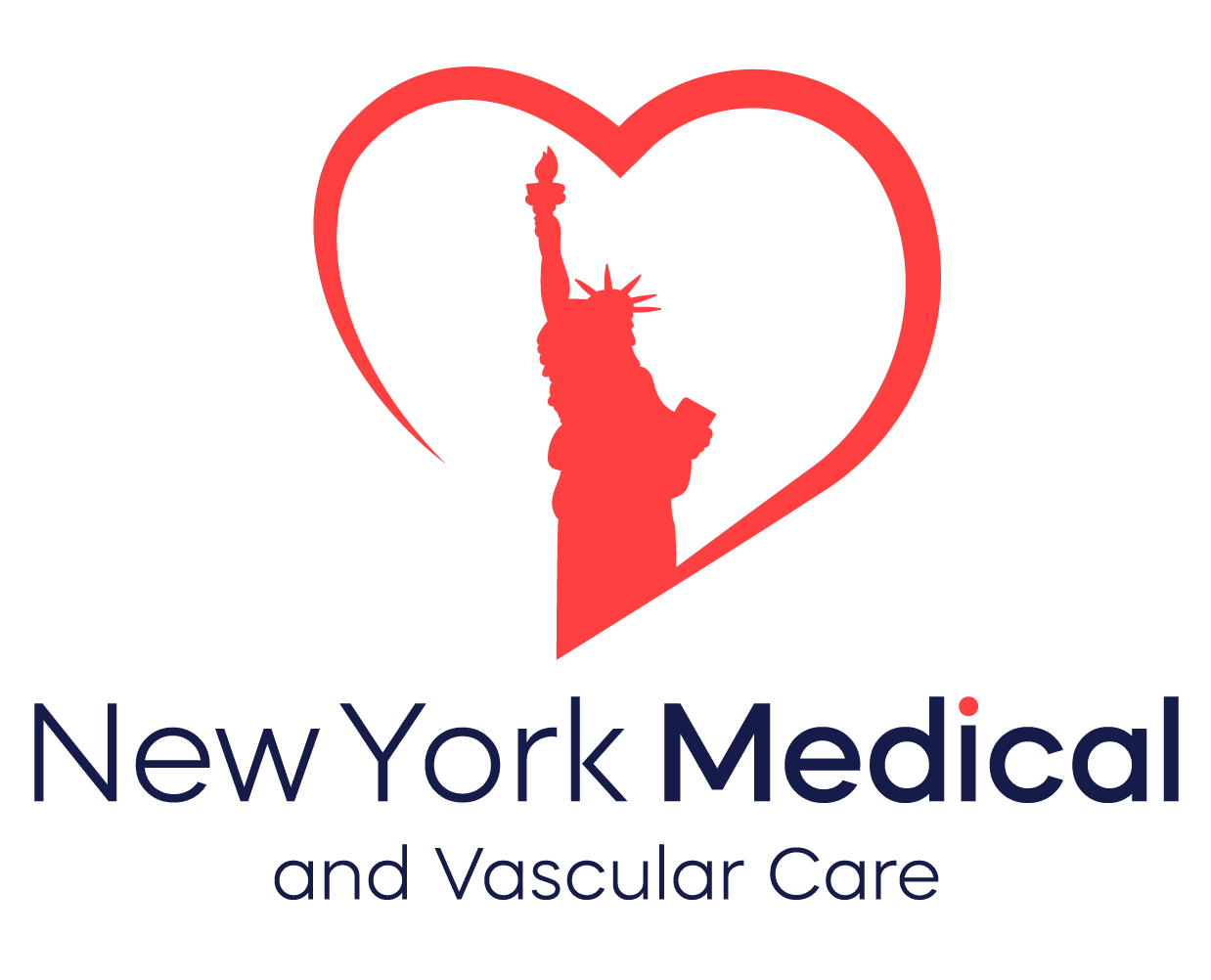Weekend Warriors Beware
Spring racing season is back in Prospect Park, and more women than ever are lacing up. Yet nagging calf cramps or burning thigh pain halfway through a 5K could signal Peripheral Artery Disease (PAD)—a narrowing of leg arteries that starves muscles of oxygen. PAD isn’t just a “smoker’s disease in older men.” Recent studies show prevalence in middle-aged women is climbing, partly because diabetes and sedentary desk jobs increase vascular damage.
PAD by the Numbers in NYC
- Up to 12 % of adults over 40 have PAD, but over half remain undiagnosed.
- Kings County’s diabetes rate tops 14 %, accelerating plaque build-up in leg arteries.
- Women present 2 years later than men on average, often after disability-level pain sets in.
Typical vs. Atypical Symptoms
Typical (“claudication”): Cramping calf pain when walking that stops after rest.
Atypical (more common in women):
- Hip or buttock ache mistaken for sciatica.
- Foot numbness or cold toes flagged as neuropathy.
- Delayed wound healing around the ankle.
Ignoring these cues delays treatment until ulcers—or worse, limb-threatening gangrene—emerge.
Why Active Women Are at Risk
Running stresses arteries already narrowed by cholesterol or inflammation. Estrogen decline after age 45 reduces vascular elasticity. Add undiagnosed high blood pressure or borderline diabetes, and weekend mileage can unmask PAD pain you never felt at rest.
Screening at NYMVCare
- Ankle-Brachial Index (ABI): Quick, non-invasive blood-pressure comparison between arm and ankle. ABI < 0.9 = PAD.
- Duplex Ultrasound: Maps blood flow, pinpoints blockages.
- MR Angiography: For complex cases, offers 3D vessel imaging without radiation.
Treatment Options
- Supervised Exercise Therapy: Proven to enlarge collateral vessels and improve walking distance. NYMVCare’s Bay Ridge PT suite runs twice-weekly PAD programs covered by Medicare.
- Medication Optimization: Antiplatelets, statins, and new PCSK9 inhibitors lower plaque risk.
- Endovascular Interventions: Balloon angioplasty or drug-coated stents performed same-day at our affiliated cath labs.
- Lifestyle Upgrades: Smoking cessation, Mediterranean diet, and blood-pressure control cut limb loss risk by 80 %.
Women-Centric Considerations
- Hormone Replacement Therapy (HRT)—discuss benefits vs. vascular risks with internal-medicine and OB specialists.
- Footwear Fit—proper running shoes with wide toe boxes reduce friction on compromised blood flow.
- Bone Density—weight-bearing exercise helps bone and vessel health; tailor program if osteopenia is present.
SEO Keyword Targets
- “peripheral artery disease Brooklyn women”
- “leg cramps running Queens”
- “PAD screening NYC vascular clinic”
- “ankle-brachial index test Sheepshead Bay”
Call to Action
If leg pain interrupts your morning jog along the Coney Island Boardwalk—or you notice slow-healing cuts on your toes—book a Vascular Health Assessment at NYMVCare today. Early intervention means you’ll keep running, dancing, and living without fear of limb loss.
Quick Tips for Runners
- Warm up with dynamic calf stretches and heel raises.
- Hydrate; dehydration thickens blood, worsening flow.
- Track symptoms in a running log; note distance when pain starts.
- Alternate running with low-impact cycling to maintain fitness while vessels heal.
Closing Thoughts
Peripheral Artery Disease hides behind “ordinary” leg aches, especially in active New York women. Listening to your body—and letting NYMVCare’s vascular specialists listen to your arteries—can restore pain-free strides and safeguard long-term limb health.


